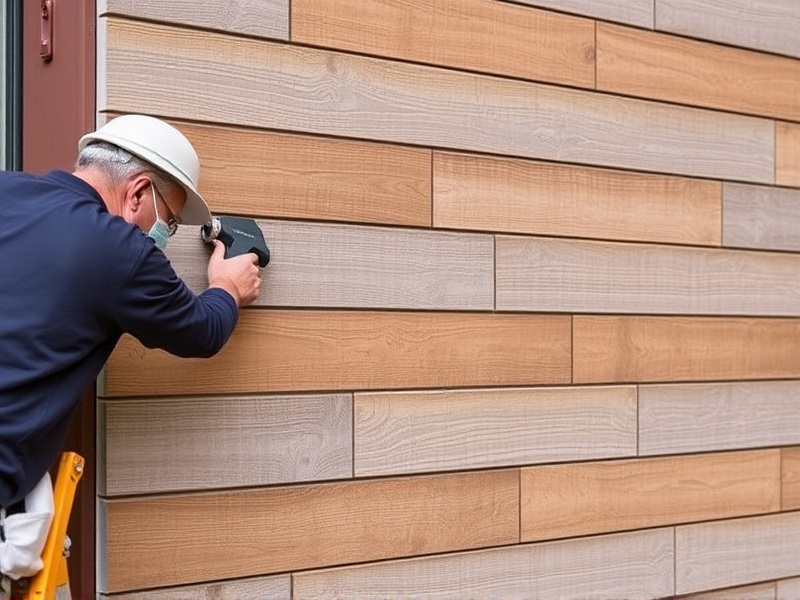Our Location
304 North Cardinal St.
Dorchester Center, MA 02124

Wood Plastic Composite (WPC) wall cladding has gained significant popularity due to its durability, low maintenance, and aesthetic appeal. However, the success of a WPC wall cladding installation depends largely on meticulous attention to detail and adherence to proper techniques. This article aims to identify common mistakes that can occur during the installation process and provide practical solutions to avoid them.
One of the most frequent errors in WPC wall cladding installation is taking inaccurate measurements. Incorrect dimensions can lead to gaps, overlaps, or wasted materials. To prevent this, always measure twice before cutting any material. Utilize a reliable measuring tape and consider using laser distance meters for precision. Additionally, mark your cuts clearly with a pencil to ensure accuracy during the cutting phase.
Using the wrong tools can compromise the integrity of the WPC panels and the overall installation quality. For instance, using a dull saw blade can result in uneven cuts, which may cause misalignment and affect the visual continuity of the wall cladding. It is crucial to use sharp tools and appropriate fasteners designed specifically for WPC materials. Referencing the manufacturer’s guidelines can help you choose the right tools and fastening methods for your project.
Proper alignment is essential for achieving a seamless and professional-looking finish. Misaligned panels can detract from the overall appearance and may even compromise the structural integrity of the installation. To achieve perfect alignment, start by laying out all panels on the ground to visualize the pattern and spacing. Use a level to ensure each panel is perfectly horizontal or vertical. Employ spacers to maintain consistent gaps between panels and secure them tightly with screws or nails.
Employing digital tools like laser levels and electronic measuring devices can significantly reduce measurement errors. These tools provide precise readings and help ensure that every cut and placement is accurate. Additionally, digital calipers can be used for more intricate cuts and adjustments.
Selecting the correct fasteners is critical for maintaining the structural integrity of WPC wall cladding. Stainless steel or coated screws are recommended as they resist corrosion better than standard fasteners. Ensure that the screw length is appropriate for the thickness of the WPC panels to avoid splitting the wood composite material.
To achieve uniform alignment, use spacers and templates. Spacers can be placed between panels to maintain consistent gaps, while templates can help in marking out where screws should go for a neat finish. Regular checks with a level during installation will also help in maintaining straight lines and proper alignment.
For further reading on best practices for WPC wall cladding installation, check out the following resources: